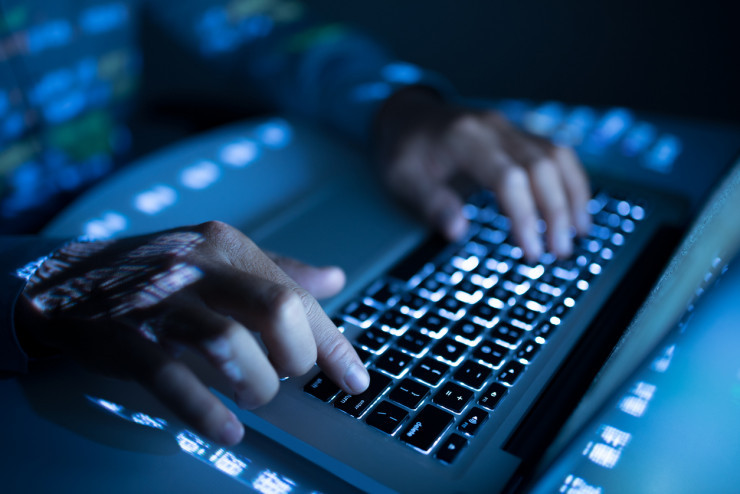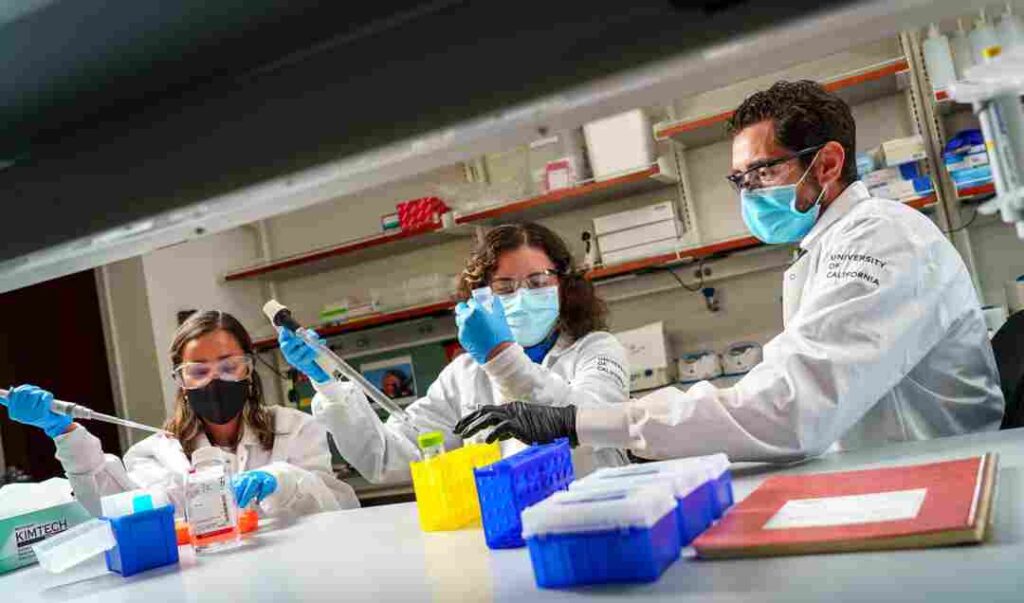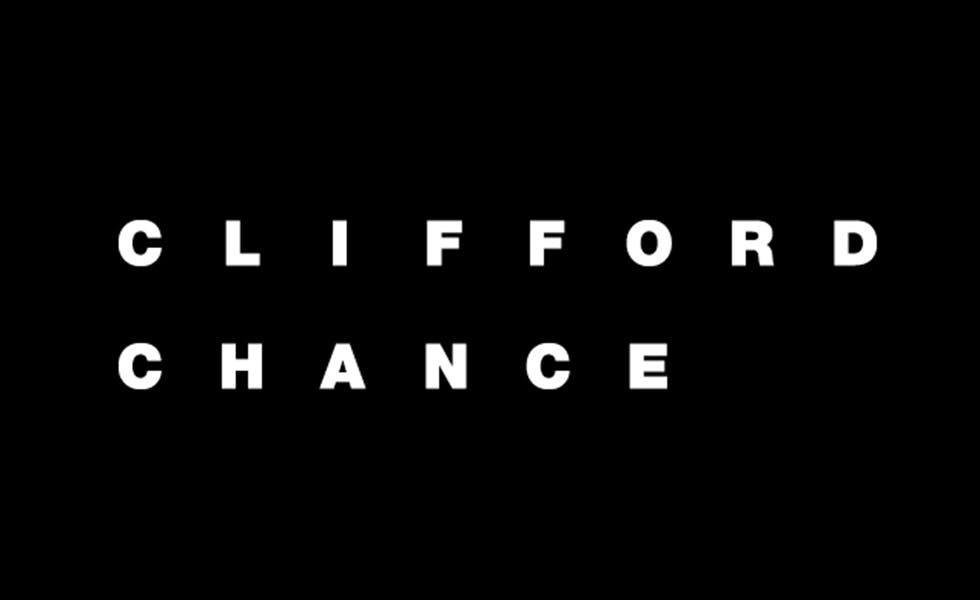Now Reading: An Introduction to Multimedia Forensics
-
01
An Introduction to Multimedia Forensics

An Introduction to Multimedia Forensics
The effect of technology on crimes today is evident with the types and the patterns of crime that are being committed today. With the advent of technology, the criminals have adopted a modern approach of operating a crime that does not involve physical harm like the conventional blue-collar crimes. The criminals today are very calculative and strategic to plan a crime unlike the traditional crimes, and thus, there is a need to change the investigation technique adopted, to achieve the effective investigation of such types of crimes. The changing trends in the pattern and types of crimes committed can also be depicted by the types of evidences that are recovered these days for solving an investigation. Around 60% of evidences include the analysis and examination of digital evidences that include CCTV footages, audio samples, image and metadata analysis, which require the use of skill and expertise in advanced non-conventional technologies.
The future of forensic investigation now relies on countering the so called “new age” crimes with modern solutions to keep up with the fast-paced change in the nature of crimes that are being committed today.
The branch of forensics that deal with the scientific evaluation and analysis of multimedia evidences (audio, video, images) is called Multimedia Forensics.
WHAT IS MULTIMEDIA FORENSICS?
Multimedia forensics is a branch of forensics that works hand in hand with computer forensics. While Computer forensics can be defined as the branch of forensics that deals with the application of investigative techniques to extract and preserve evidences from a digital device submitted to the court of law. Multimedia forensics on the other hand, deals with analyzing the extracted evidence. The analysis includes scientific evaluation of the digital evidence, to maintain the integrity of evidence, to find the source of the digital evidence and to authenticate the same.
WHY DO WE NEED MULTIMEDIA FORENSICS?
Technology is an integral part of who we are today, we humans are surrounded by technology. We need our phones, laptops and cannot go a day without using them.
Dr. Surbhi Mathur a leading multimedia Forensic scientist from National Forensic Sciences University, describes technology “to be a medicine of the curious mind that strives change”, and preaches that technology can be used for the prevention and detection of crime.
Multimedia forensics deals with the prevention and detection of crime by extracting and examining the digital fingerprints on the digital evidences with the use of novel software’s that aid in authentication and scientific analysis of the same. It is a scary fact that not always the digital evidences like an image, or audio /video recording provided for the investigation of a crime is authenticate, a lot of times these evidences are subjected to various type of modifications to alter the content of the original source by the criminals to mislead an investigation. It is thus an important prerequisite procedure to verify and validate the evidences that are provided. Multimedia forensics involves the use of tools that bring about in the examination, authentication and enhancement of the digital evidences.
The need for the same has been felt, with the rising concern of the integrity of the evidences that are submitted to the court these days. Thus, to ensure that the digital evidences that are submitted to the court are true to its nature, Multimedia forensic experts provide the authentication certificate that determines the legal admissibility of these evidences in the court of law.
CHALLENGES FACED BY THE MULTIMEDIA FORENSIC EXPERTS
A number of challenges are faced by the multimedia forensic experts while examining the digital evidences. Many at times the experts are provided with audio and video samples that have disturbances, and are not clear. The quality of the samples for the investigation is so poor that extracting information from these evidences becomes a challenging task for multimedia experts. Also, in some cases the multimedia forensic experts are provided thousands of samples to investigate, and are asked to go through each and every sample, identify the region of interest in which they feel they can extract some information and then analyze it, this process requires lot of time and patience. In other cases, the multimedia forensic experts are provided with audio samples with three to four words and are asked to determine the source.
The other big challenge that is faced by the multimedia experts is the enhancement of poor-quality images and videos in order to identify the suspect in scene of the crime. The images that are submitted for examination are often of a very low pixel size, and the CCTV footages provided from the CCTV cameras, are placed far from the scene of crime making it difficult for the Multimedia forensic experts to gage the events of the crime. Also, it is an established fact the positioning of the camera plays an important factor for effective surveillance, most of the time due to the ineffective positioning of CCTV camera, it becomes hard for the experts to identify the culprit from the CCTV footages provided to the court of law.
The investigation of the Serial Bomb blast case of Mumbai that occurred in the year 2011 is a classic example that portrays the challenges faced by the Multimedia forensic experts today. The CCTV footage submitted to the court of law for the investigation was recovered from the crime scene. It included the vehicle that was suspected to be carrying the explosive material that caused the blast. It was a crucial challenge for the Multimedia forensic experts was to identify the number plate from the public CCTV footage which was provided. However, because of the very low-quality video of the footage, and poor positioning of the camera the Multimedia forensic experts could not enhance the number plate. Nevertheless, the other physical details of the suspected vehicles were examined and reported by the Multimedia experts.
INTRODUCTION TO SOME OF THE TOOLS USED BY THE MULTIMEDIA FORENSIC SCIENTIST
There are many sophisticated tools that are in use today by the multimedia forensic experts to examine the digital evidences. For audio recordings that are submitted as the evidence, tools like FTK Imager, Gold wave, Multispeech, Computerized speech Lab, Acustek, Audacity etc. are commonly used.
The tools are used for various purposes like segregating the region of interest in audio samples, in the analysis and authentication using histograms and LPC charts, and also aiding to determine whether any alterations are done to the evidence by comparing the extracted hash values, of the source to the evidence submitted. Metadata analysis and Hex value comparison also help in determining the authenticity of the evidence.
For the examination of other digital evidences like images and videos, tools like Amped five, Amped Authenticate, Kinesense, MIDAS, Adobe Photoshop, Brief cam, Pinnacle, clear Id etc. are commonly used. In the case of video footages provided for the examination, the video clip is converted into frames and then analyzed. The enhancement and correction of the image is achieved by applying a variety of filters, adjusting brightness, contrast, motion deblurring, field stabilization etc. Gradient variation differences, histogram analysis, and video error level analysis are done by the experts to determine the authenticity of the evidence.
The use of smart analytic tools is adopted for investigation by the experts that help in better examination of the video footages. Video synopsis is one such smart analytic tool, it helps in examining long videos which are about 10 to 15 hours or even longer. It shortens the video without degrading its quality by simultaneously presenting the events, helping the experts to review hours of footages in minutes. Other smart analytics that are commonly used are object tracking, face recognition, crowd detection etc.
MILESTONE CASES IN THE FIELD OF MULTIMEDIA FORENSICS
The riots in Delhi, a national threat that involved violent protests by the farmers to repeal three farm acts shook the whole country on 26th January 2021. The protests turned into a violent affair, when people started vandalizing public property and causing havoc and crises in parts of Delhi in the name of a peaceful protest. A team of six forensic experts including multimedia and digital forensics from National Forensic Sciences University were given the task of investigating the same. Dr. Surbhi Mathur who was a part of the investigation team shared how the investigation was a challenge in itself as the evidences submitted included over the examination of ten thousand CCTV videos, that were recovered from the public CCTV cameras. The major culprits were apprehended successfully after the scientific examination of the CCTV footages.
The major challenge faced by the experts was to enhance the images extracted from video footages as the quality of the CCTV footages made it difficult to identify criminals.
Another milestone case to talk about is the Patidar reservation agitation. The agitation was caused in Gujarat which involved violent protests, arsoning and huge damage to public property, the protesters were demanding the OBC status of their community, the culprit that caused the agitation was identified by analyzing an audio sample. The challenge was to investigate an audio sample which had three words of the suspect. Multimedia forensic experts were able to apprehend the suspect successfully after evaluating the evidence.
DEVELOPMENT IN THE FIELD OF MULTIMEDIA FORENSICS
“Change begins with using the acquired knowledge”. Today there are many top universities and institutions in India at the state and the national level, that offer courses and research activities in areas of multimedia forensics to develop this vast field and incorporate the use of new technologies in investigation of digital evidences.
The future is technology and there is an urgent need to make everybody aware about the potential that it has to offer and the only way for doing so is to develop through knowledge and research.









